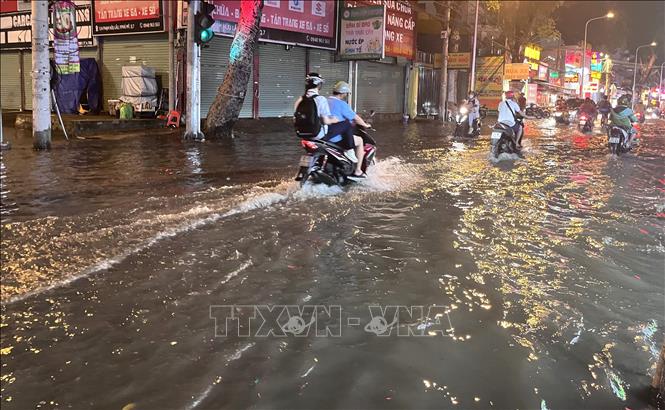
According to Mr. Dung, up to now, the City has completed and put into operation tidal control sluices such as Binh Loi - Binh Trieu - Rach Lang, Nhieu Loc - Thi Nghe, Rach Nhay - Ruot Ngua, 5 sluices in Thu Duc area, Ba Thon and Da Han sluices. After operation, these works have shown remarkable effectiveness, helping to significantly reduce flooding caused by tides, especially during the high tide that reached +1.82m on October 24, exceeding alarm level III.
The City is currently continuing to implement the project to address tidal flooding taking into account climate change factors (phase 1), aiming to address flooding in the southern area including District 7, District 8, Nha Be and part of the old Binh Chanh district. At the same time, projects such as preventing landslides on Thanh Da peninsula and improving the drainage system on Tran Xuan Soan street are also being implemented, promising to contribute to thoroughly resolving the flooding situation at hot spots when completed. In addition, the City is speeding up the progress of flood prevention projects in Go Vap, Thao Dien - Quoc Huong and Thu Duc market.
According to records, from October 20 to 25, high tides combined with heavy rain caused many roads in Ho Chi Minh City to be heavily flooded, especially in low-lying areas such as the intersection of Vo Van Kiet - Ho Hoc Lam, Pham Van Chieu, Le Duc Tho, Phan Van Hon, Song Hanh National Highway 22, Binh Quoi - Thanh Da, Tran Xuan Soan, Huynh Tan Phat, Pham Huu Lau, Le Van Luong, Dao Su Tich, Nguyen Binh, Trinh Quang Nghi, Pham The Hien...
The Thanh Da – Binh Quoi area was severely affected due to the terrain being lower than the tide level, causing water to overflow the embankment and retaining walls, causing flooding from 40 to 100 cm deep. Many households, especially those on the ground floor of the Thanh Da residential area, were severely affected. Meanwhile, the Thanh Da peninsula landslide prevention project is still under construction, so some key locations are still flooded.
Mr. Hoang Phuc Dung informed that the Southern region in general and Ho Chi Minh City in particular have entered the high tide season, lasting from August to December of the lunar calendar every year. The recent high tide reached +1.82m due to the combination of the Northeast monsoon and the tidal cycle, causing the sea level to rise, exceeding the alarm level III (+1.6m).
Faced with this situation, the Department of Construction and relevant agencies have been implementing many synchronous solutions to minimize damage caused by flooding. In the immediate future, the City will strengthen maintenance and repair of damaged sewers, dredge sewers and manholes, organize rain monitoring and garbage collection at water intakes, and operate a system of tide-prevention valves and mobile pumps to reduce flooding in a timely manner. Currently, the Department of Construction is operating 388 tide-prevention valves at the discharge gates, coordinating with investors to repair damaged locations and avoid tidal overflow.
The city is also operating 17 mobile pumping stations (capacity from 168m³/h to 2,000m³/h) and 10 large pumping stations and tidal control sluices including Binh Trieu, Binh Loi, Rach Lang, Rach Nhay - Ruot Ngua, Nhieu Loc - Thi Nghe, Rach Ba Tieng, Phu Lam, Thanh Da, Me Coc 1 and Me Coc 2. The synchronous operation of this system helps ensure safety and promote efficiency in flood control.
At the same time, localities are required to install additional tide-prevention valves at branch sewers and small alleys under their management to reduce the risk of tidal water intrusion.
In the long term, the Department of Construction is working with investors to accelerate the progress of key anti-flooding projects, especially in high-risk areas. When the project is completed, the tide control and drainage system will operate synchronously, contributing to stabilizing people's lives and developing sustainable urban infrastructure.
While waiting for the projects to be completed, the Department of Construction recommends that people in areas that are frequently flooded proactively monitor weather and tide information through the media to take timely response measures and limit damage to people and property.
The City's Technical Infrastructure Development and Management Centers and district project management boards are required to increase emergency response during heavy rains and high tides, coordinate with authorities and functional forces to regulate traffic, maintain drainage systems, and promptly operate pumping stations and tide-prevention sluices.
These efforts are expected to help Ho Chi Minh City respond more effectively to climate change and flooding, moving towards building a sustainable urban area that can flexibly adapt to extreme weather events.
Source: https://baotintuc.vn/van-de-quan-tam/tp-ho-chi-minh-tang-cuong-giai-phap-ung-pho-trieu-cuong-20251030165809534.htm





![[Photo] Da Nang: Water gradually recedes, local authorities take advantage of the cleanup](https://vphoto.vietnam.vn/thumb/1200x675/vietnam/resource/IMAGE/2025/10/31/1761897188943_ndo_tr_2-jpg.webp)

![[Photo] Prime Minister Pham Minh Chinh attends the 5th National Press Awards Ceremony on preventing and combating corruption, waste and negativity](https://vphoto.vietnam.vn/thumb/1200x675/vietnam/resource/IMAGE/2025/10/31/1761881588160_dsc-8359-jpg.webp)
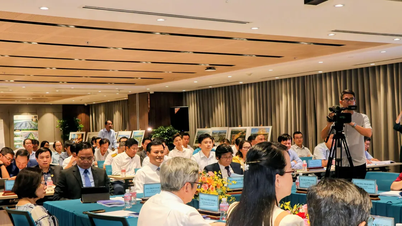

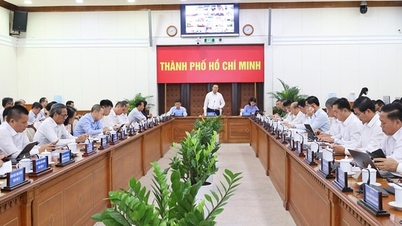



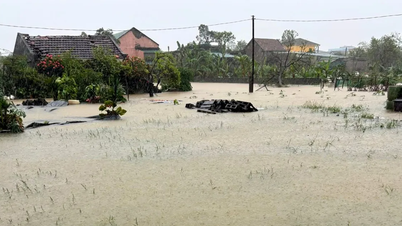
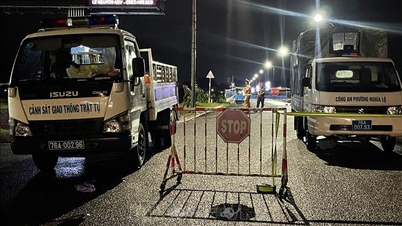
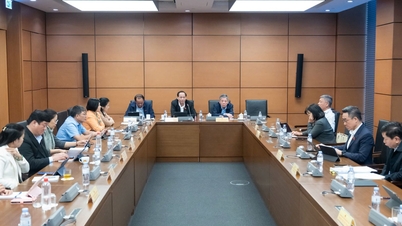
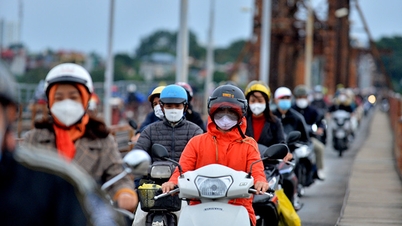

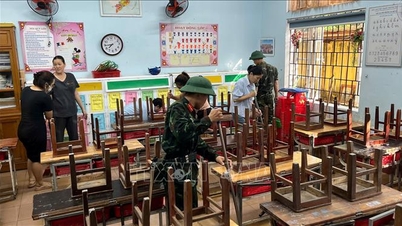
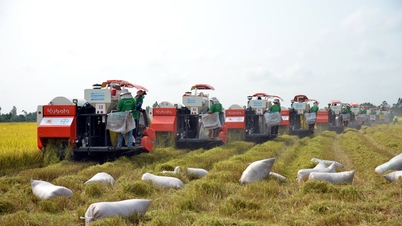





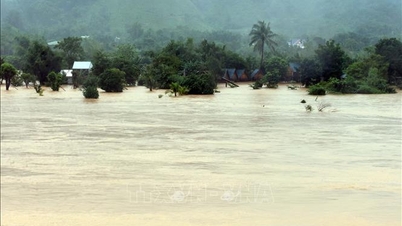


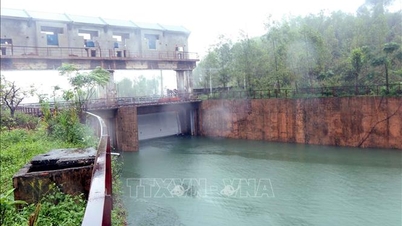
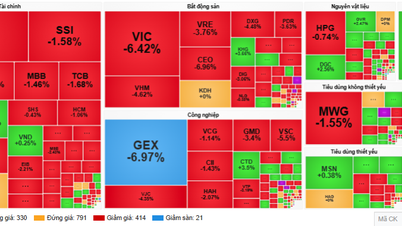



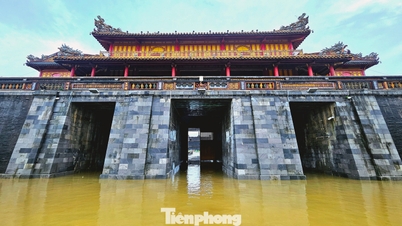

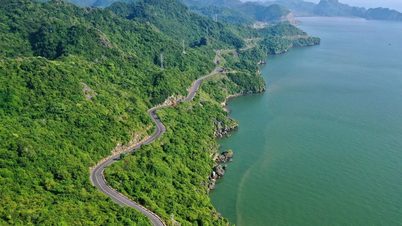

















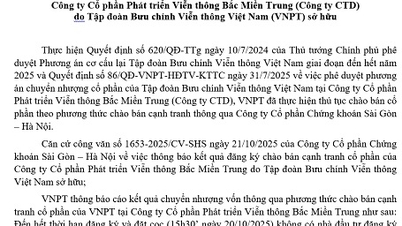

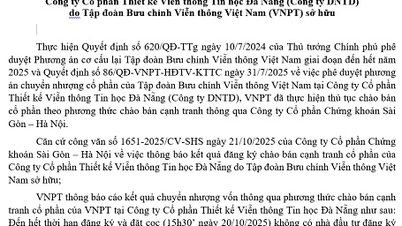
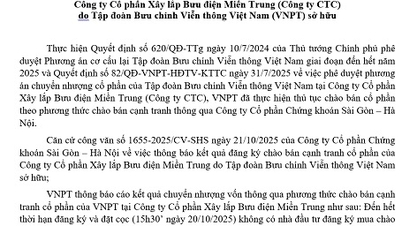






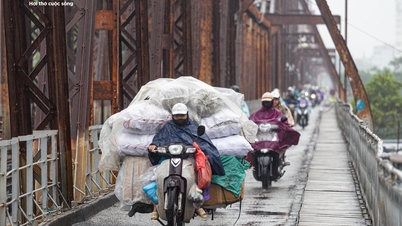
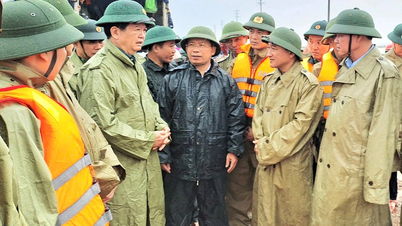

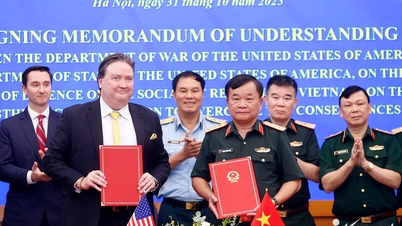


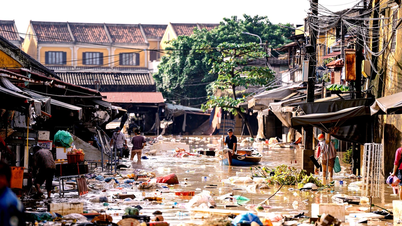

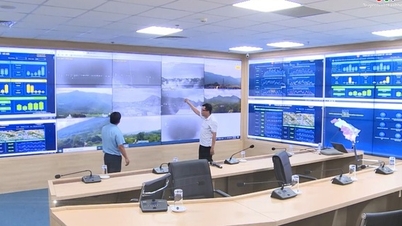

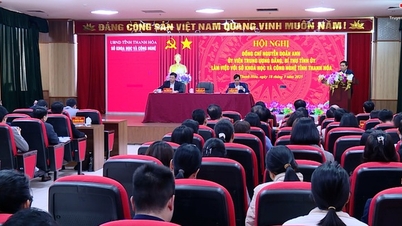
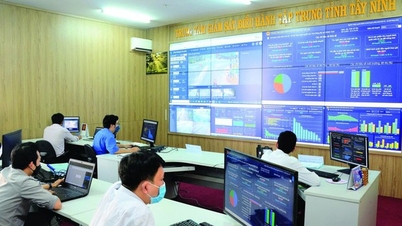


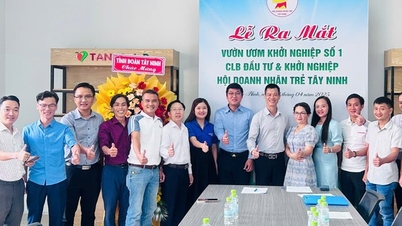



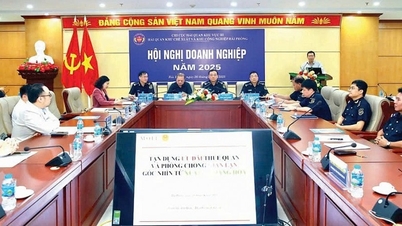

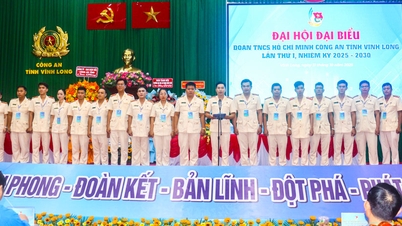




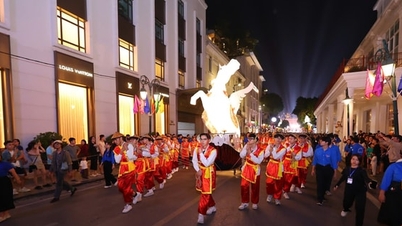










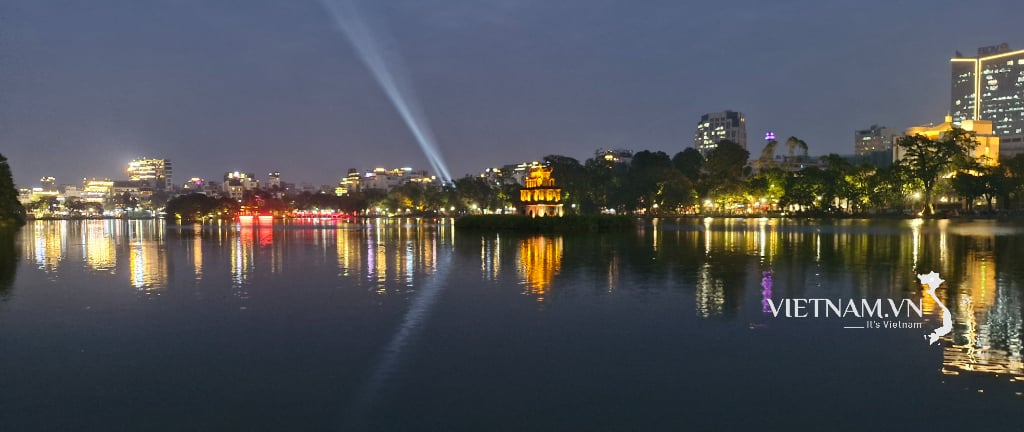



Comment (0)